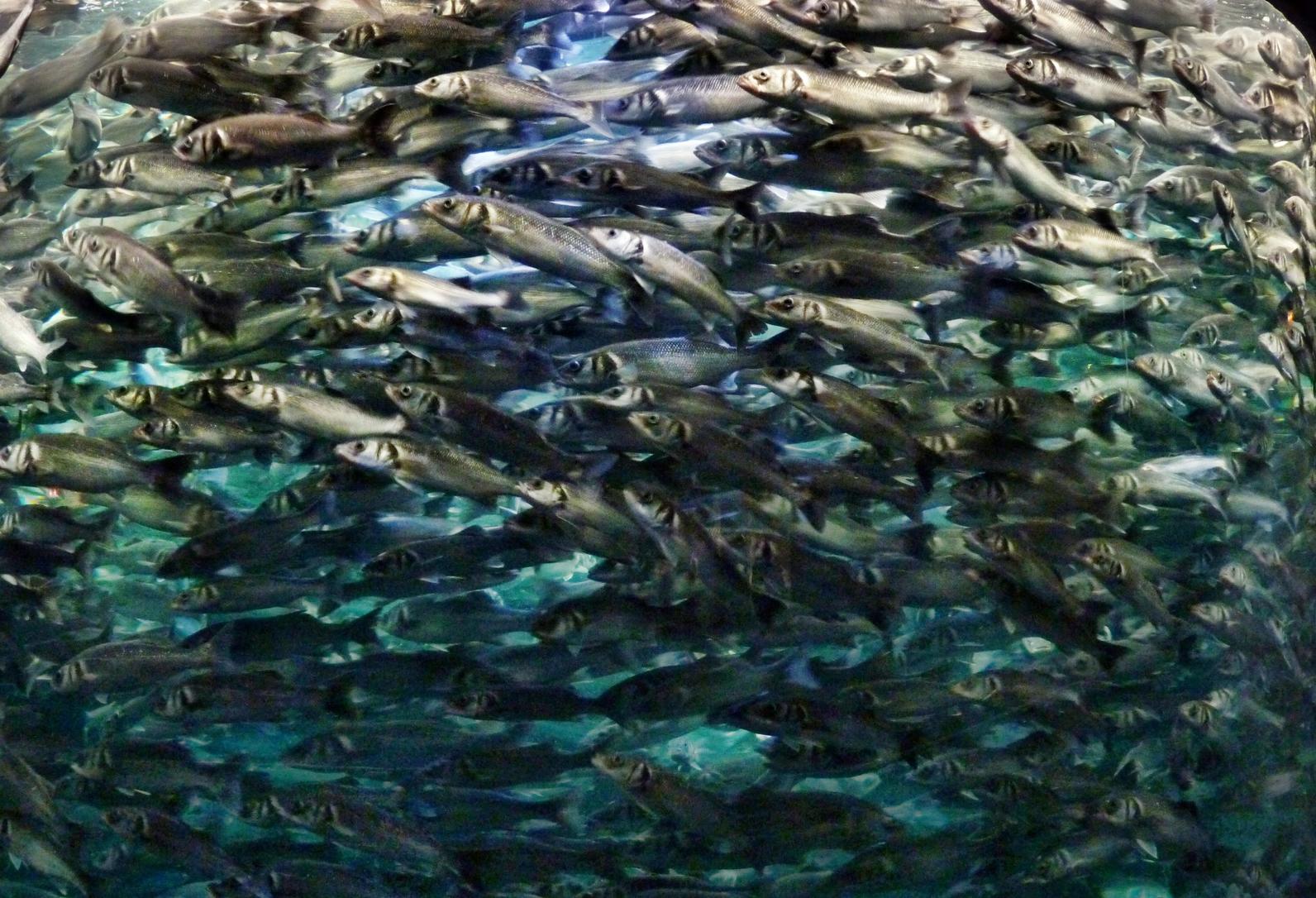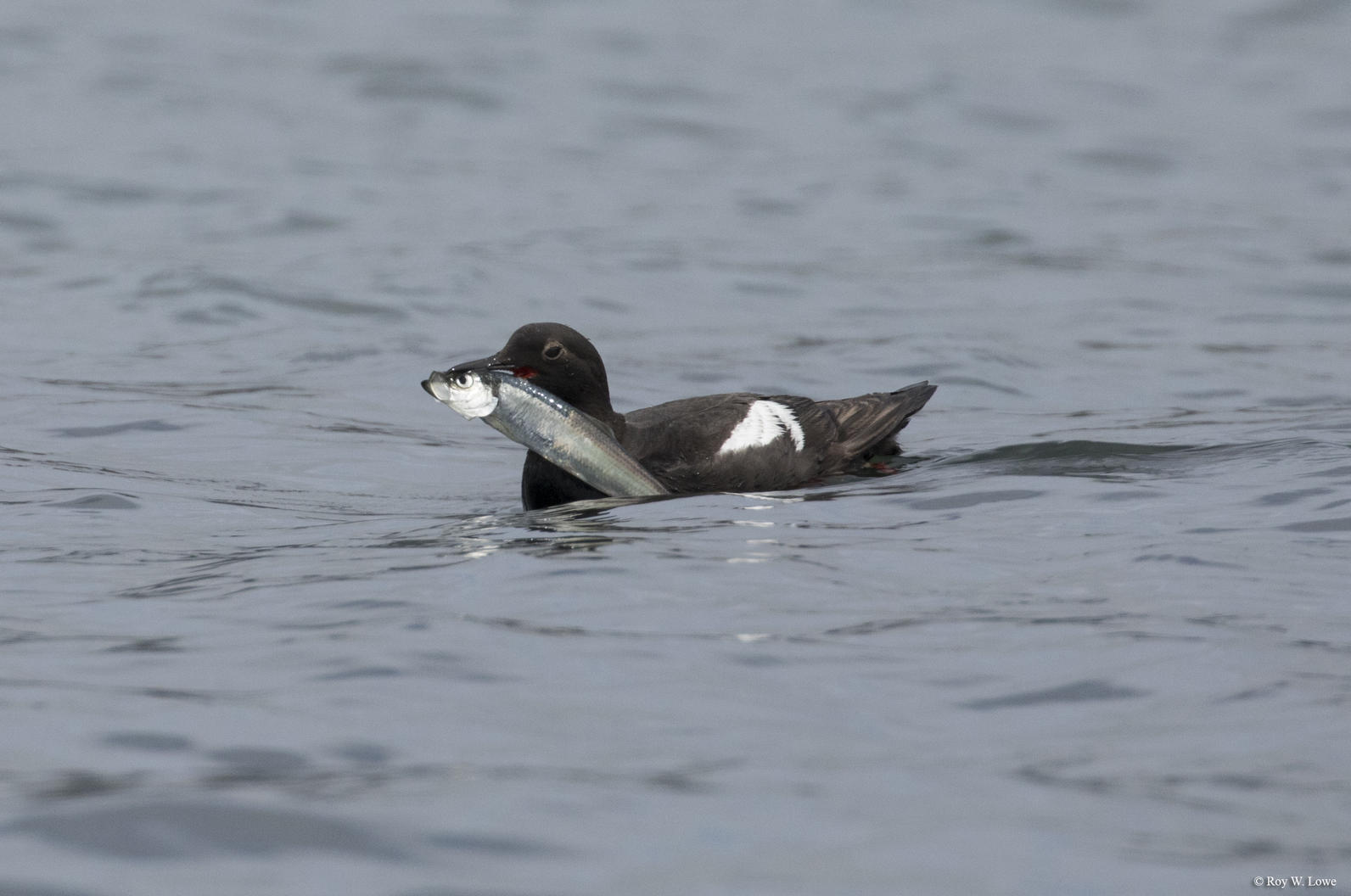Pacific herring is an ideal food source for coastal and marine birds. In California, when herring gather to spawn in the northern waters—Humboldt, Tomales and San Francisco Bays— an incredible wildlife spectacle often occurs. Dozens of species of birds rely on herring including Surf Scoter, Scaup, Wigeon, Harlequin Duck, Blac Brant, Brown Pelican, Rhinoceros Auklet, and Turnstones. Herring are also preyed on by humpback whales, seals, sea lions, salmon and rockfish. See a recent video of thousands of waterbirds at a herring run in San Francisco Bay below.
Herring Run in San Francisco Bay
But herring are in trouble and need our help. Herring spawn on less than 2 percent of the West Coast’s estuaries and protected embayments. Herring populations on the west coast have declined due to the cumulative effects of climate change, habitat loss and fishing pressure.
At its August meeting, the California Fish and Game Commission will discuss the draft Fishery Management Plan for Pacific herring in California. The plan is scheduled for adoption several months later at the Commission’s October meeting. It is the basis for new regulations and best practices to protect this vital food source for birds in California. We are asking the Audubon network to speak up to help make the plan as strong as possible for herring and its estuarine habitat.

This is the first management plan for herring in California, and is the result of years of dedicated work on the part of Audubon, our partner organization Oceana, herring fishermen and commercial fleet leaders, and the California Department of Fish and Wildlife. The plan ensures commercial and recreational fishing is sustainable, and is the first plan to use ecological indicators such as the needs of predators, to adjust harvest rates. It also supports protection of herring spawning habitats, especially eelgrass beds. Once the plan is adopted, implementing regulations will be developed and become the new set of laws governing management of herring fisheries and spawning habitat.








